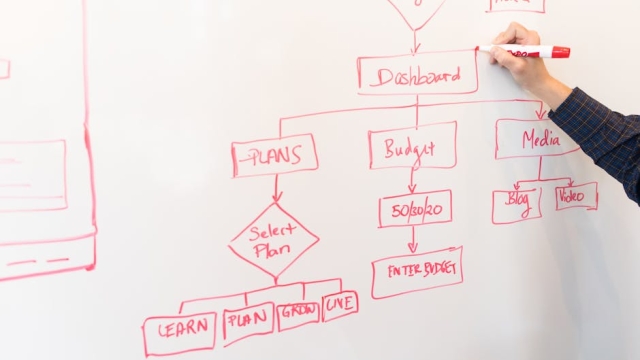
Pests can be more than just an annoyance; they can lead to significant damage to property and pose health risks to occupants. Understanding how to implement effective pest solutions is essential for maintaining a safe and healthy living environment. This article will explore common pests, provide DIY pest control strategies, and identify when it may be necessary to seek professional assistance.
Understanding Common Pests and Their Impact
Various pests can invade homes, each with unique behaviors and potential impacts. Some of the most common household pests include:
- Termites: Known for their destructive feeding habits, termites can compromise the structural integrity of a home.
- Rodents: Mice and rats not only contaminate food but can also spread diseases through their droppings.
- Ants: While some species can be harmless, others, like carpenter ants, can cause damage to wood structures.
- Bed Bugs: These pests can cause itchy bites and lead to sleepless nights, making their presence particularly distressing.
The impact of these pests extends beyond mere annoyance; they can lead to costly repairs and health issues. Understanding their behavior is crucial in implementing effective pest solutions that mitigate their presence and prevent future infestations.
DIY Pest Control Solutions: What Works
For homeowners looking to manage pest issues independently, there are several effective pest solutions that can be employed. Here are a few DIY strategies:
1. Natural Repellents
Many common household items can act as natural repellents. For example, vinegar and essential oils like peppermint and tea tree oil can deter pests without the use of harsh chemicals.
2. Traps
Using traps is an effective way to capture and remove pests. Sticky traps for insects and snap traps for rodents can be very effective when placed in areas of high activity.
3. Seal Entry Points
Preventing pests from entering your home is key. Regularly inspect your property for cracks or gaps in doors, windows, and foundations, and seal them appropriately. This simple action can greatly reduce the likelihood of an infestation.
4. Maintain Cleanliness
Keeping your home clean is one of the most effective pest solutions. Regularly vacuuming, washing dishes, and storing food in airtight containers can help eliminate food sources that attract pests.
| Pest Type | Common Impact | DIY Solution |
|---|---|---|
| Termites | Structural damage | Regular inspections |
| Rodents | Health risks | Seal entry points |
| Ants | Food contamination | Naturally-derived repellents |
| Bed Bugs | Itchy bites | Vacuum and wash linens |
When to Call a Professional Pest Control Service
While DIY solutions can be effective, there are situations where professional intervention is necessary. Here are some indicators that it may be time to call in the experts:
- Severe Infestations: If pests have invaded in large numbers, it may be difficult to manage them solely with DIY methods.
- Persistent Problems: If you’ve attempted various solutions without success, it may indicate that a more comprehensive approach is needed.
- Health Concerns: If pests pose a direct health risk, such as rodents or insects that carry diseases, it’s best to seek professional help.
Professional pest control services have access to specialized tools and expertise that can lead to long-term solutions. They can also provide insights into preventative measures to avoid future infestations.
In conclusion, understanding common pests and their impact is the first step toward implementing effective pest solutions. Whether through DIY methods or professional services, addressing pest issues promptly is crucial for maintaining a safe and healthy home environment. For more detailed guidance on pest management, consider exploring resources dedicated to effective pest solutions.



